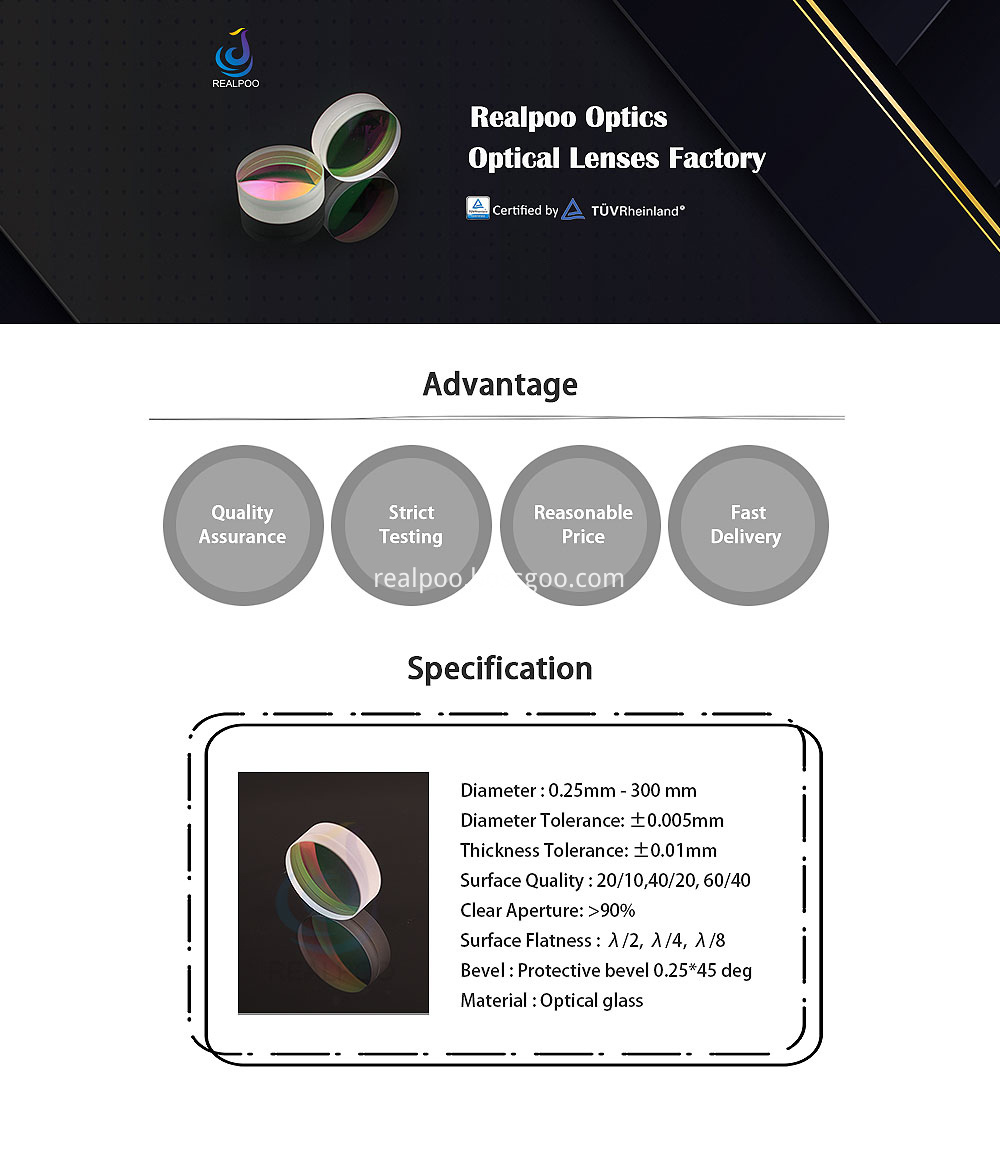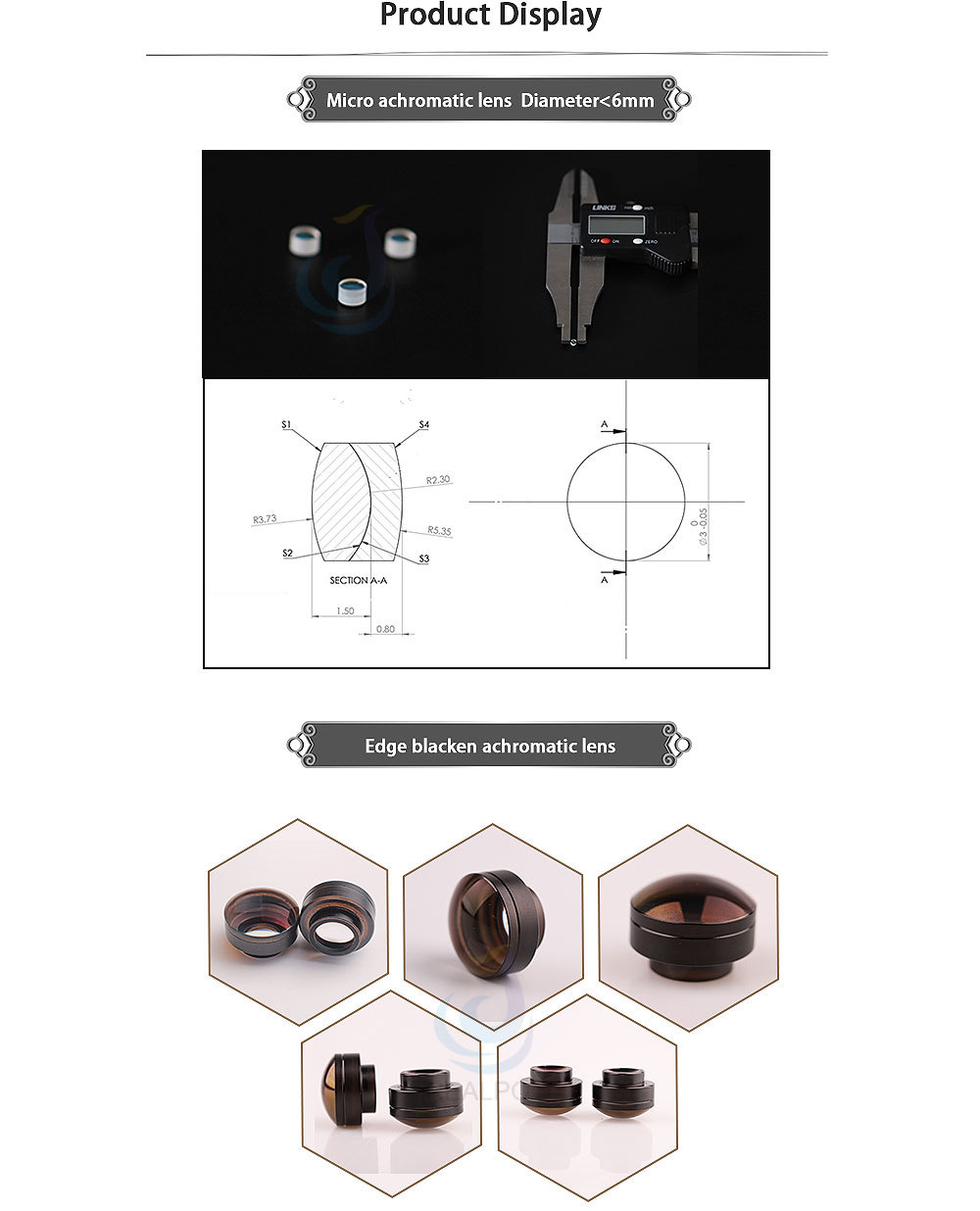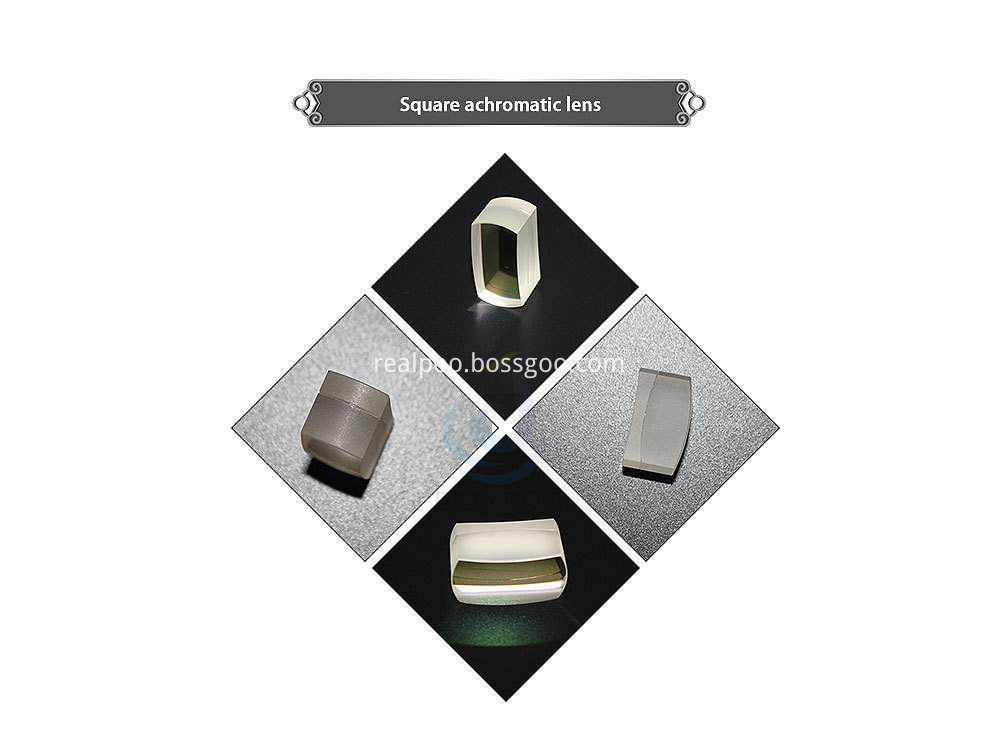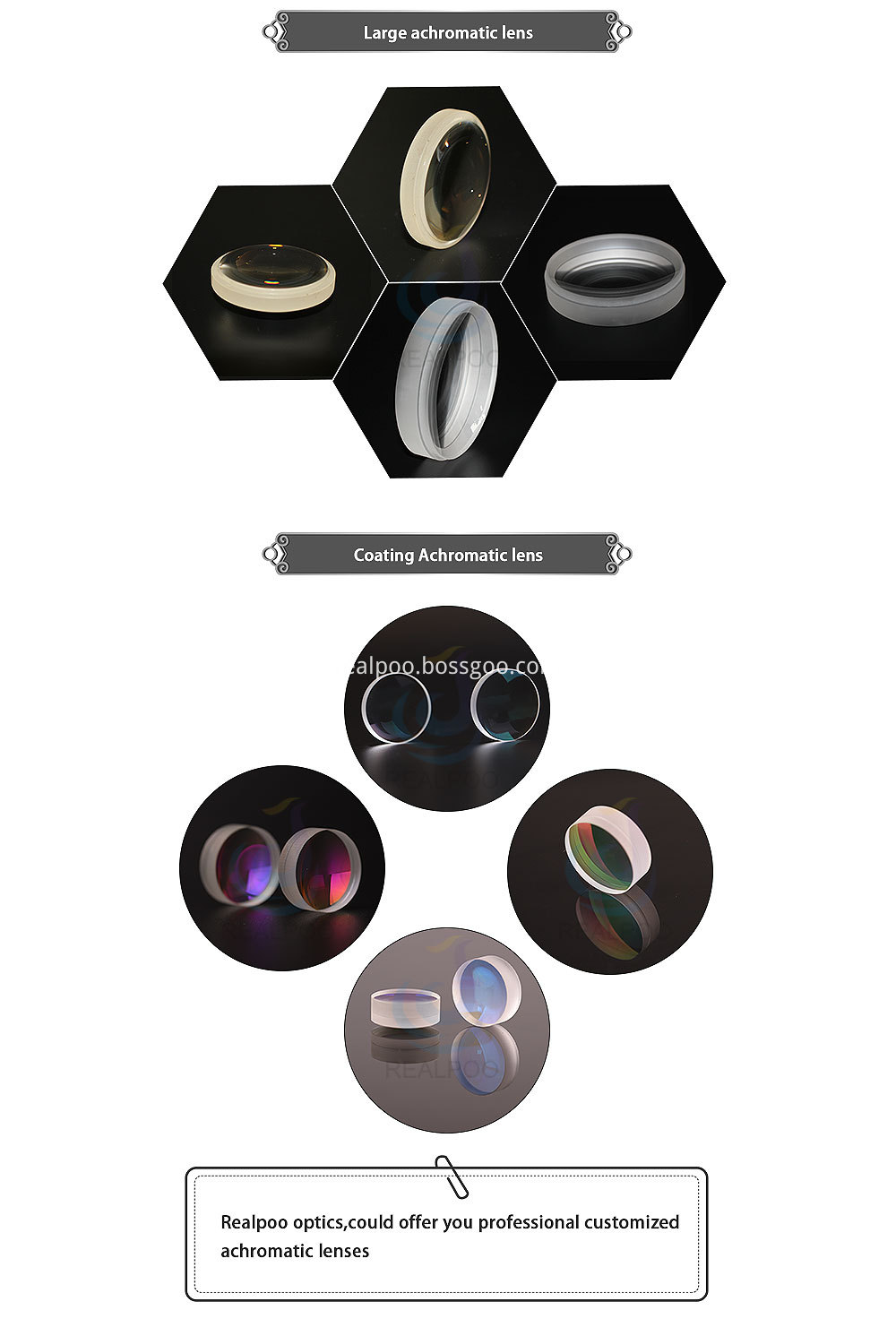China's new energy vehicle (NEV) industry has experienced remarkable growth since the launch of the "Ten Cities and Thousand Vehicles" initiative in 2009. By 2016, the country had sold over 507,000 NEVs, securing the top spot globally for two consecutive years. To date, the total number of promoted NEVs has surpassed 1 million, making up more than half of the global market share. In the first ten months of this year alone, production and sales reached 517,000 and 490,000 units respectively, reflecting a significant increase of 45.7% and 45.9%.
The rapid development of NEVs has exceeded initial expectations, leading to concerns about subsidy budgets being overspent. As a result, authorities are considering adjustments to the subsidy policy. Dong Yang, Executive Vice President of the China Association of Automobile Manufacturers, recently published an article suggesting that the government should follow through on previous commitments to gradually reduce subsidies.
Earlier reports indicated that officials were exploring new subsidy policies, potentially accelerating the 2019 subsidy reduction (a 20% cut) to 2018. This move could have significant implications for the industry.
According to data from the Ministry of Industry and Information Technology, in October 2017, China produced and sold 92,000 and 91,000 new energy vehicles respectively, marking increases of 85.9% and 106.7%. Pure electric vehicles accounted for 77,000 units in sales, up 95.8%, while plug-in hybrids saw sales reach 14,000 units, rising by 194%.
From January to October, the industry recorded 517,000 units produced and 490,000 sold, with pure electric vehicles contributing 427,000 and 402,000 units respectively—a growth of 54.7% and 55.9%. Plug-in hybrids also showed steady growth, with 90,000 and 88,000 units produced and sold, representing increases of 14% and 11.2%. The momentum in the sector shows no signs of slowing down, as demand continues to rise and innovation accelerates.
Achromatic lenses are a combination of a positive low refractive index (corona crown ) and negative high refractive index (flint). Compared with monolithic singlet lens the doublet design can provide users with additional design freedom and further optimize the performance of the lens. Therefore, the advantages of achromatic lenses are more significant than those of single lenses with equal diameter and focal length.
Achromatic Lenses are used to minimize or eliminate chromatic aberration. The achromatic design also helps minimize spherical aberrations. Achromatic Lenses are ideal for a range of applications, including fluorescence microscopy, image relay, inspection, or spectroscopy. An Achromatic Lens, which is often designed by either cementing two elements together or mounting the two elements in a housing, creates smaller spot sizes than comparable singlet lenses.
Realpoo Optics offer doublet achromatic lens, triple achromatic lens, square achromatic lens, micro achromatic lens, edge blackening achromatic lens etc.
Achromatic Lenses are used to minimize or eliminate chromatic aberration. The achromatic design also helps minimize spherical aberrations. Achromatic Lenses are ideal for a range of applications, including fluorescence microscopy, image relay, inspection, or spectroscopy. An Achromatic Lens, which is often designed by either cementing two elements together or mounting the two elements in a housing, creates smaller spot sizes than comparable singlet lenses.
Realpoo Optics offer doublet achromatic lens, triple achromatic lens, square achromatic lens, micro achromatic lens, edge blackening achromatic lens etc.




Achromatic Lens,Achromatic Lens Microscope,Achromatic Lens Focal Length,Microscope Optics
Changchun Realpoo Photoelectric Co., Ltd. , https://www.optics-realpoo.com